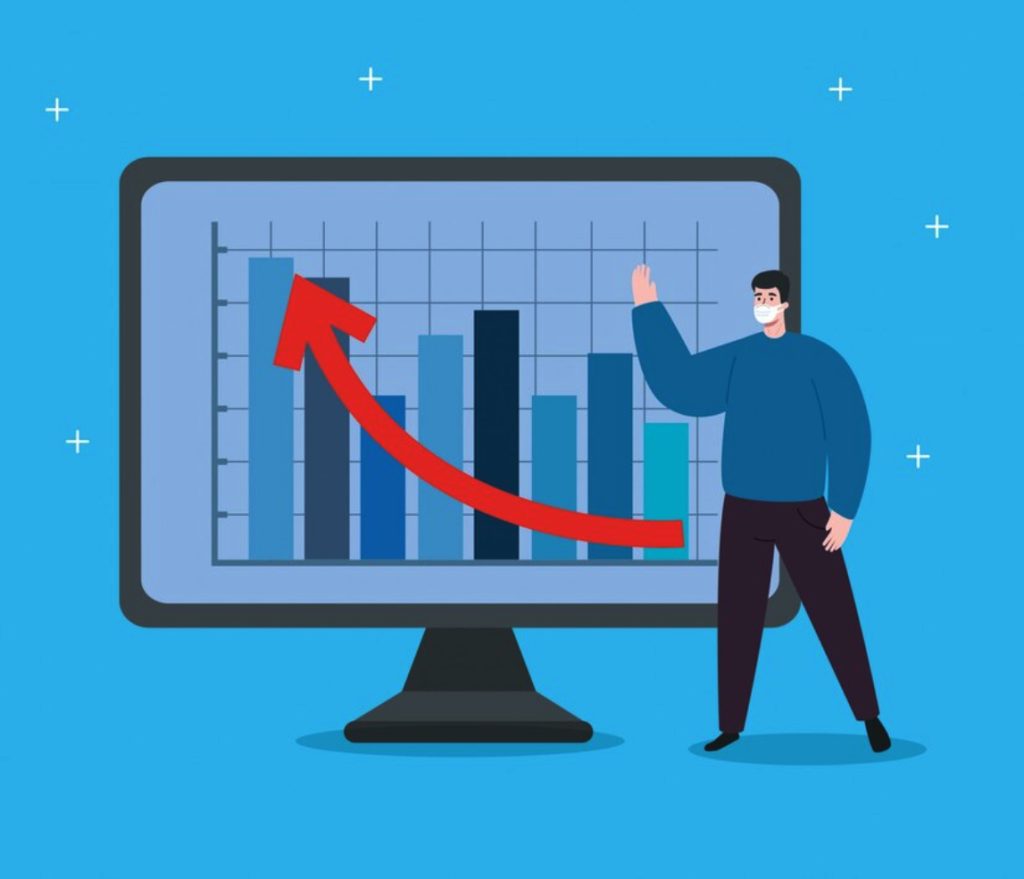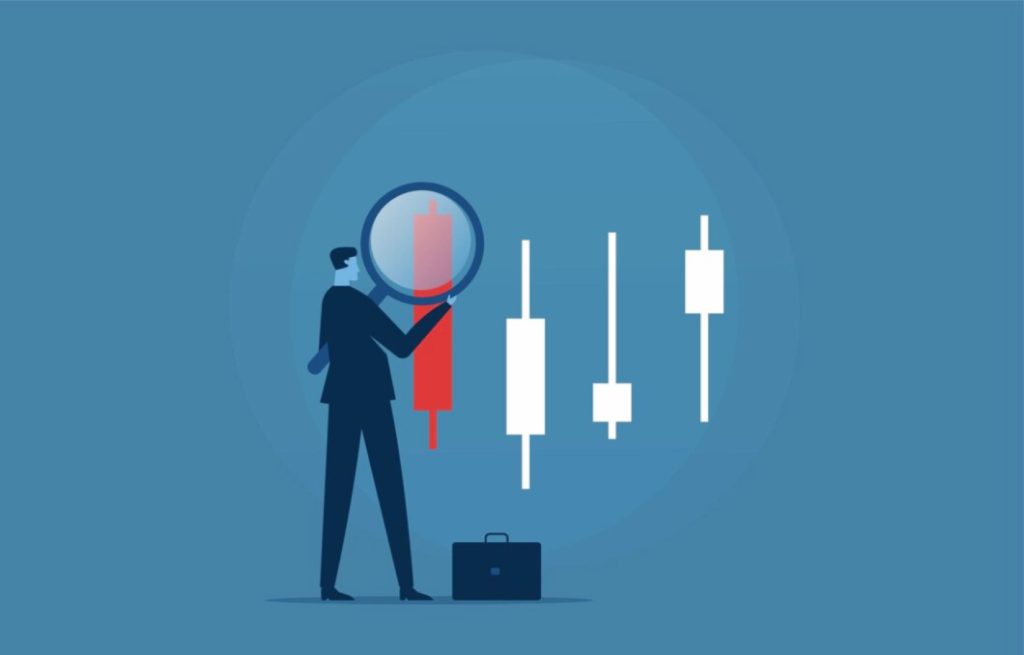Oreo – This makes survivorship bias a key issue in the trading and backtesting of methods that could cause overestimation of approach efficacy. One forgets those that have not performed well in the past by concentrating on the stocks or techniques that have done so. Such selective attention distorts impressions of performance and encourages illogical confidence. Every trader wants to be the next billionaire, hence they usually pay more attention to such success tales than they do to all the others who were destined to fail or suffer.
The stock market by definition has winners and losers. Most equities, according to extensive studies, “lose” over their lifetime. Few particular outlier stocks account for almost all of the gains in the market. Sadly, this is only clear looking back. Therefore, if one just gets successful previous data, this could distort our view of what trading will be like.
Given backtesting as a general approach, what traders need to prevail against survivorship bias? This can entail looking at indexes, including transaction costs, testing several kinds of indicators, and handling alternate datasets. Understanding how survivorship bias arises and how it could be avoided will help to improve the backtesting process and guide more wise trading selections.

Surviving Bias: What is it?
The tendency to evaluate only those entities that survived—stocks, strategies, even—while remaining silent in respect of what failed is known as survivorship bias. Particularly in relation to the financial markets, it may do really well in building a misleading impression of performance. For evaluation, for instance, one feels safe if one studies successful trades or indicators.
Why Do Things Matter?
While many of the performing stocks will have started declining or even vanished from the market, most of the success of a stock comes from a really small number of them. Ignoring this failure of these institutions could lead one to be too optimistic about his trading plan, which might not be applicable in the actual world.
Backtesting and Survivor Bias
Backtesting is among the most useful instruments traders have since it lets them evaluate viability depending on past performance. Still, survivorship bias can dramatically affect the outcomes.
Example Situation
Assume you do perform a hundreds of trade indicator backtest and find a couple quite successful. These numbers most certainly do not represent their general performance. Most failed indicators—that the backtest would have overlooked—would be invisible. You only learn about these mistakes after, hence in retrospect they probably distort your perspective on next trading selections.
Preventive Strategies for Survivorship Bias
Doing strong backtests calls both knowledge of and consideration for survivorship bias. These are some practically doable actions you can take to reduce the consequences of survivorship bias:
1. should test a wide spectrum of indicators.
Cherry-picking indications will attract you; they succeed in the past but do not apply today. Include a wide spectrum of indicators and techniques into the backtesting process to ideally capture as realistic performance range.
2. Add discontinued stocks.
Include delisted stocks in your backtracking records. They missed as well. Their experiences could be worth your knowledge of the hazards related to some of your plans.
3. Integration of Expensive Transaction Charges
Many times, the backtesting excludes transaction expenses such fees and spreads. Enter them into your computations to obtain a more reasonable perspective of strategy performance. This will help you to see how, in actual trading environments, your approaches might really be effective.
4. One should take alternative datasets under consideration.
Limit the backtesting to one historical time or market condition not to confine it. Test your strategies’ resilience to environmental changes in several surroundings. This helps you to see the several opportunities and hazards.
5. Review trading indices.
Backtesting could find a more consistent basis from trading indices. Being a group of equities instead of individual ones makes them less prone to survivorship bias. Studies of indices enable you to gauge overall market movement free from distortion resulting from individual stock performance.

The Demand of Good Backtesting
By means of awareness and control of survivorship bias, traders can execute more exact and strong backtests. This improves the quality of trading decisions and generates far better understanding of possible performance.
Developing a Balanced Perspective
One thing still worth mentioning for learning reasonable trading expectations is that not all techniques will be profitable. By considering both achievements and losses, traders should aim to develop a well-balanced perspective of what could be possible.
The survivorship bias of any trading and backtesting program is one of the main hazards involved; it causes overreliance on those tactics not fit for daily trading conditions. One can reduce its impact, nevertheless, by adding complete testing techniques, including transaction costs and different data.
Therefore, knowing the survivorship bias and how it affects the backtested findings should guide one toward more wise trading decisions and finally improved long-term success. Remember that even if backtesting is a very helpful tool, it should be handled carefully and sensibly while considering the limits.

